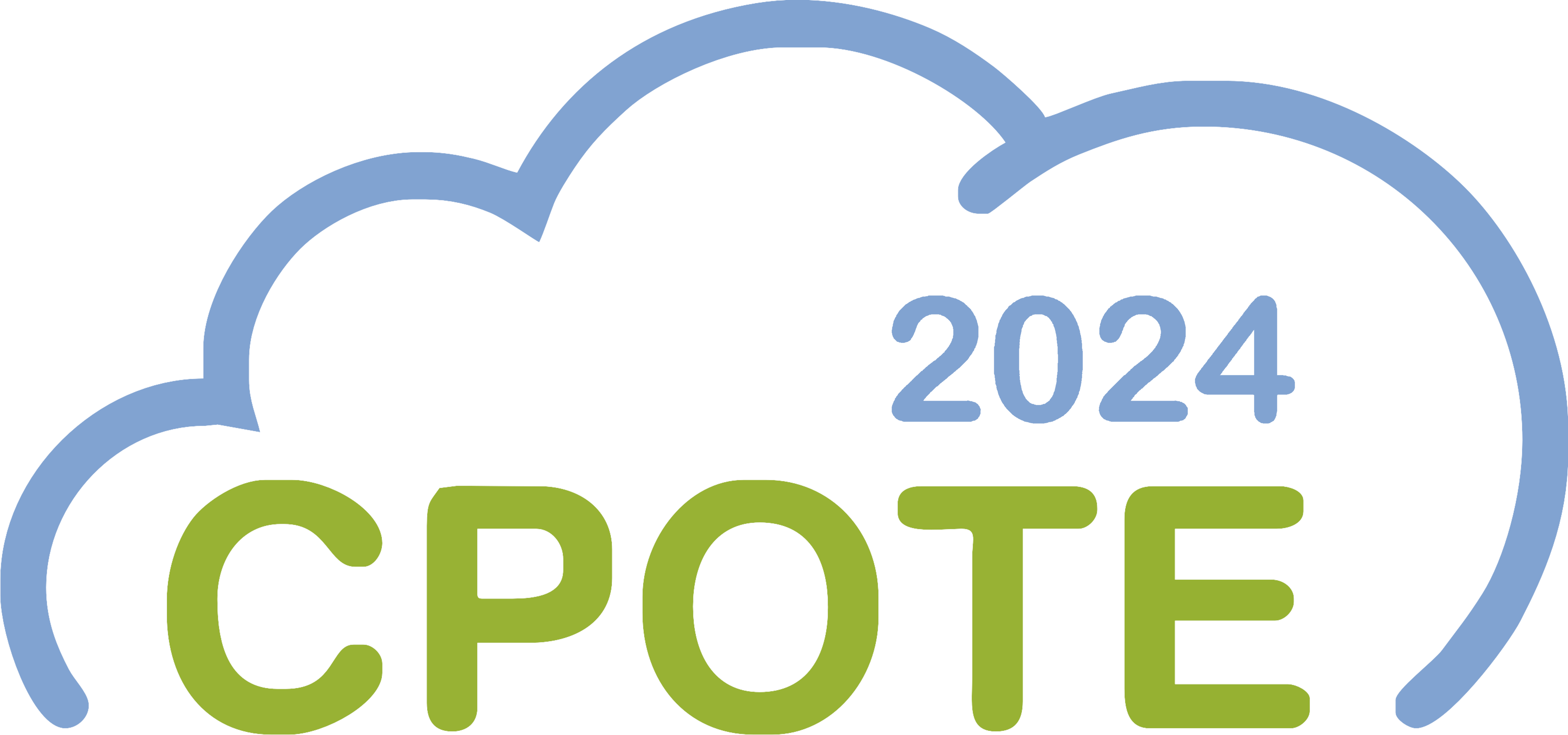
CPOTE2024
|
8th
International Conference on
Contemporary Problems of Thermal Engineering
23-26 September 2024 | Gliwice, Poland | Hybrid event
Contemporary Problems of Thermal Engineering
23-26 September 2024 | Gliwice, Poland | Hybrid event
Abstract CPOTE2024-1083-A
Towards sustainable valorization of industrial apple pomace: a comparative investigation of combined hydrothermal processing and pyrolysis towards value-added biochemicals
Mariusz WĄDRZYK, AGH University of Krakow, PolandŁukasz KORZENIOWSKI, AGH University of Krakow, Poland
Rafał JANUS, AGH University of Krakow, Poland
Marek LEWANDOWSKI, AGH University of Krakow, Poland
Aneta MAGDZIARZ, AGH University of Krakow, Poland
Innovative solutions toward the valorisation of troublesome wastes (e.g. exhibiting high-moisture content) are particularly sought. However, this waste constitutes an abundant source of organic matter, which could be converted into a bunch of value-added bioproducts (biocomponents, biofuels, bioplastics, and biochemicals). In this paper, an investigation of selected industrial-origin wastes, such as apple pomace, was carried out. The as-received raw materials were processed through a two-stage processing route consisting of: (i) the pretreatment stage and (ii) subsequent fast pyrolysis of the resultant solid residues. In the first two processing routes were tested, i.e. hot water extraction (HWE) and hydrothermal hydrolysis (HH) were tested, with the aim of isolate some usable compounds, such as monosaccharides and polyphenols. The second stage aimed at valorising the resultant residue via fast pyrolysis to produce value-added chemicals. The particular impact of the prior pretreatment route was put on the analysis of the mechanism of structure and the decomposition of the residual matters compared to that of raw apple pomace. Pyrolytic studies were carried out using microscale techniques, that is, thermogravimetric analysis (TGA) and pyrolysis–gas chromatography/mass spectrometry (Py-GC-MS). Thermogravimetric analyses indicated that the application of two-stage processing allowed for an increase in the thermal stability of all hydrolysis residues compared to that of raw material and a reduction in the number of stages in which thermal degradation occurs. Pyrolytic volatiles that evolved during the decomposition constituted a highly complex mixture dominated by oxygen-containing compounds (e.g. ketones, furans, and aldehydes) with a noticeable share of hydrocarbons. The studies performed proved that the application of prior hydrothermal treatment could beneficially affect the composition of pyrolytic volatiles, resulting in a reduction of their complexity. Such an approach could enhance the sustainability of residual matter conversion, which ultimately could serve as a basis for obtaining precursors of value-added chemicals.
Keywords: Hydrothermal treatment, Pyrolysis, Food industry waste, Hydrochar, Biofuels
Acknowledgment: The research was funded under the support of the National Centre for Research and Development in Poland within the grant number LIDER/58/0241/L-11/19/NCBR/2020. Research partly supported by program „Excellence initiative – research university” at the AGH University of Krakow (contract No. 5023).